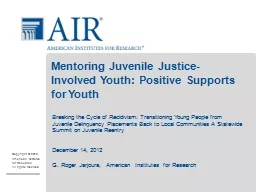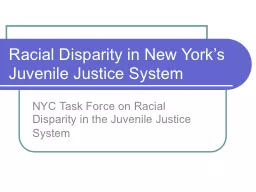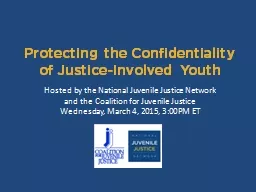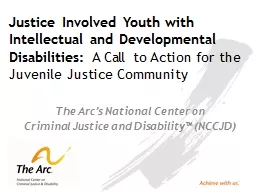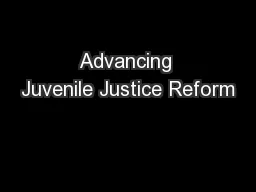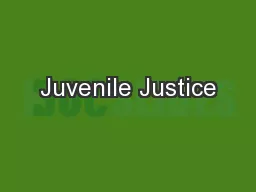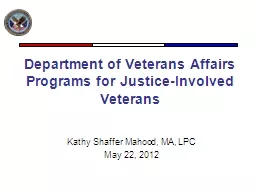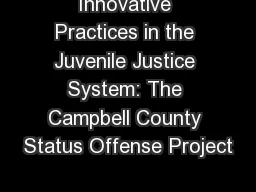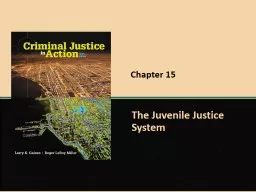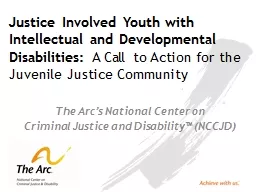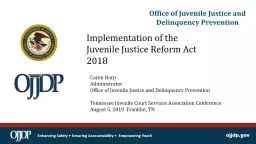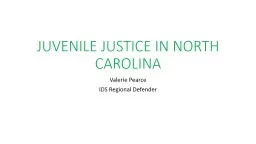PPT-Mentoring Juvenile Justice-Involved Youth: Positive Supports for Youth
Author : jane-oiler | Published Date : 2018-09-30
Breaking the Cycle of Recidivism Transitioning Young People from Juvenile Delinquency Placements Back to Local Communities A Statewide Summit on Juvenile
Presentation Embed Code
Download Presentation
Download Presentation The PPT/PDF document "Mentoring Juvenile Justice-Involved Yout..." is the property of its rightful owner. Permission is granted to download and print the materials on this website for personal, non-commercial use only, and to display it on your personal computer provided you do not modify the materials and that you retain all copyright notices contained in the materials. By downloading content from our website, you accept the terms of this agreement.
Mentoring Juvenile Justice-Involved Youth: Positive Supports for Youth: Transcript
Download Rules Of Document
"Mentoring Juvenile Justice-Involved Youth: Positive Supports for Youth"The content belongs to its owner. You may download and print it for personal use, without modification, and keep all copyright notices. By downloading, you agree to these terms.
Related Documents

